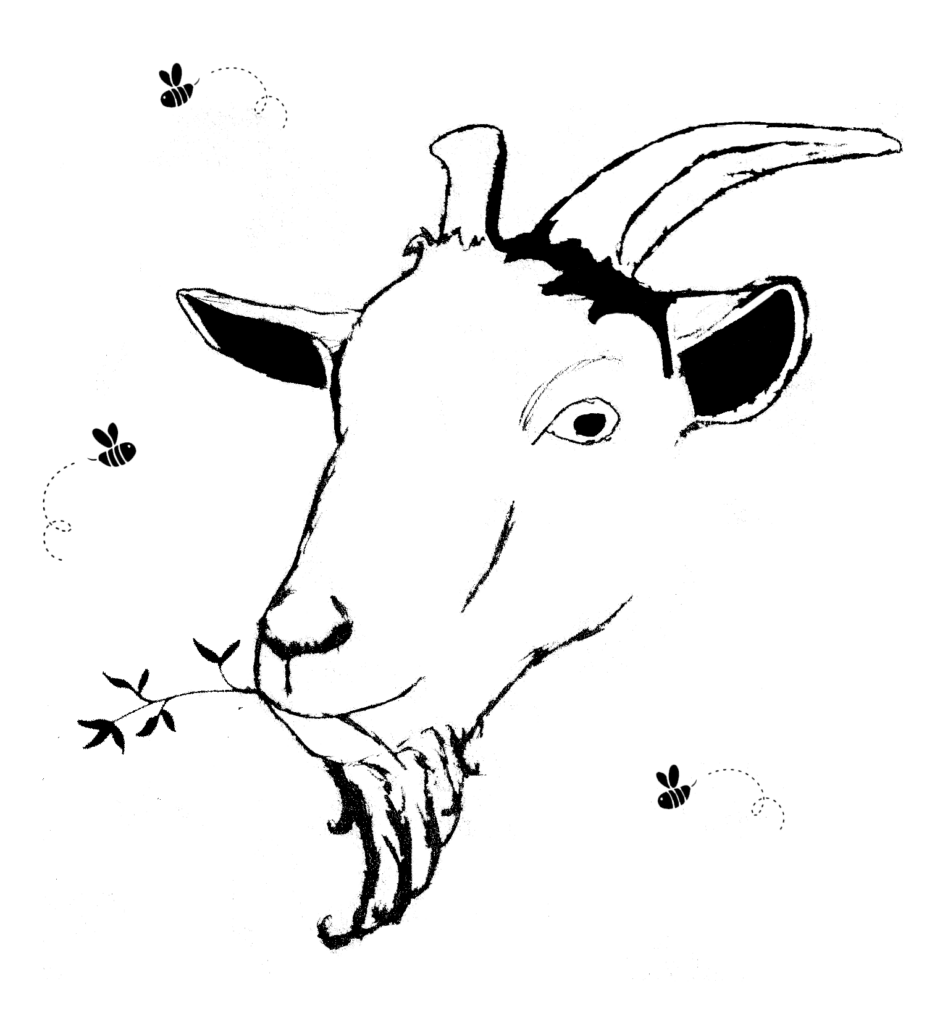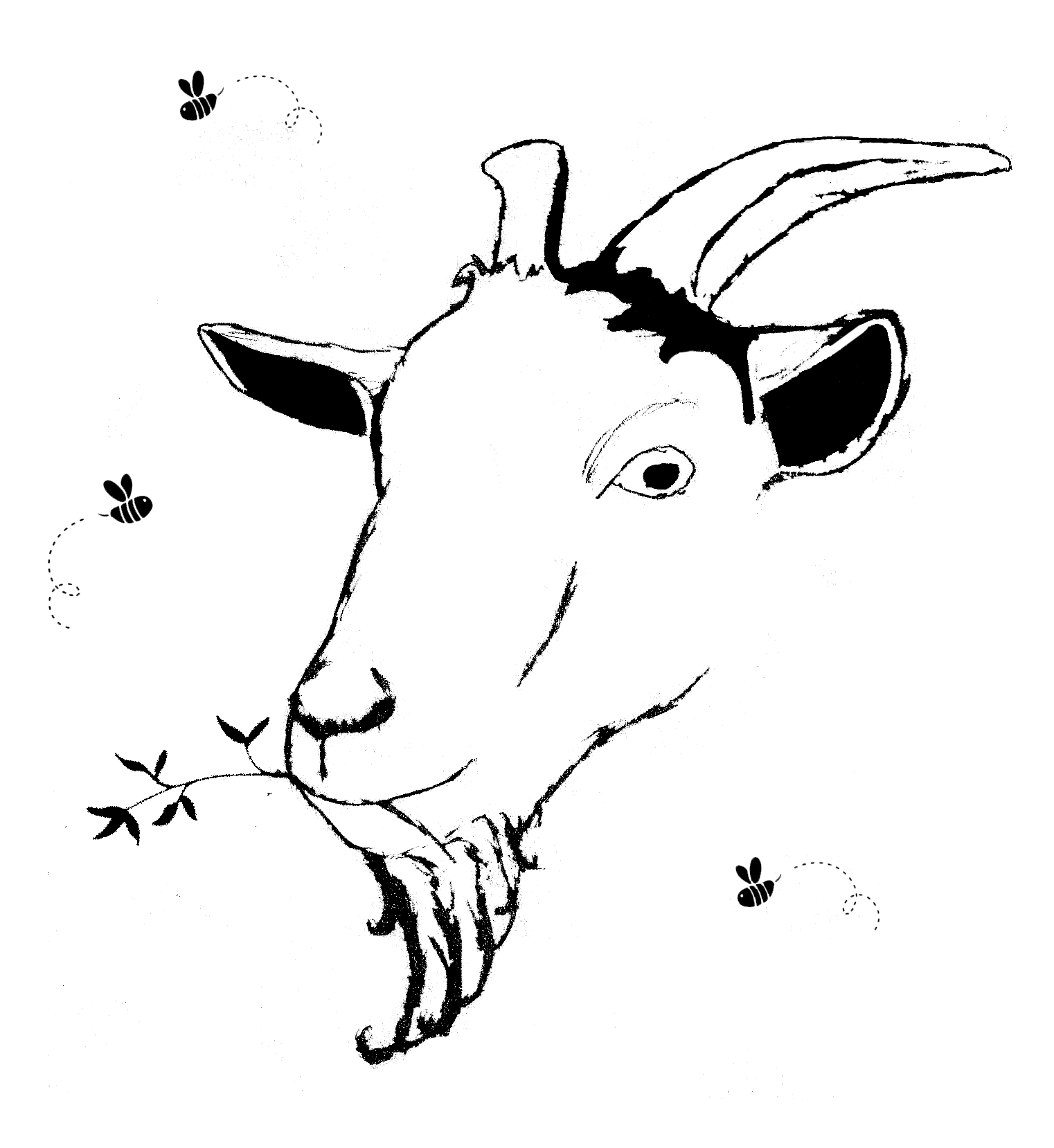Botanical Information
- Family: Lamiaceae
- Common Names: Lesser Calamint, Wild Basil, Mountain Balm
- Parts Used: Aerial parts (leaves, flowers)
Description
Calamintha ascendens is a fragrant, perennial herb native to Europe and the Mediterranean region. It has been used in traditional medicine for its expectorant, carminative, and antimicrobial properties. Lesser Calamint is valued for supporting respiratory health, digestion, and mental clarity.
Historical and Traditional Uses
- Used in European herbal traditions to relieve respiratory ailments and colds.
- Traditionally employed to aid digestion and alleviate bloating and gas.
- Applied externally for wound healing and insect bites.
Constituents
- Essential oils (menthone, pulegone)
- Flavonoids
- Tannins
- Rosmarinic acid
- Saponins
Actions
- Expectorant
- Carminative (relieves gas)
- Antimicrobial
- Nervine
- Diaphoretic (promotes sweating)
- Astringent
Medicinal Uses
1. Respiratory Health:
Lesser Calamint is traditionally used to clear mucus, ease congestion, and relieve coughs associated with colds and bronchitis.
2. Digestive Support:
Acts as a carminative, reducing bloating, gas, and indigestion while stimulating appetite.
3. Nervous System Support:
Mildly calming, it has been used to ease nervous tension, anxiety, and mental fatigue.
4. Fever and Circulatory Support:
Historically used to promote sweating and reduce fevers in cases of colds and flu.
5. Skin and Wound Healing:
Infusions or poultices of the herb have been applied externally to wounds, ulcers, and insect bites.
Preparation and Dosage
Infusion (Tea):
- 1-2 tsp of dried leaves per cup of boiling water. Steep for 10-15 minutes and drink up to 3 times daily.
Tincture:
- 2-5 ml of tincture taken up to 3 times daily.
Poultice or Wash:
- Strong infusion applied externally for wounds, rashes, or insect bites.
Precautions and Contraindications
- Pregnancy and Lactation: Not recommended due to pulegone content.
- Liver Sensitivity: High doses may be toxic to the liver; avoid prolonged use.
- Allergic Reactions: May cause skin irritation in sensitive individuals.
Energetics (Traditional Medicine Perspectives)
- Traditional European Herbalism: Warming and drying; used to disperse stagnation and cold in the body.
Combinations
- For Respiratory Support: Combine with thyme and mullein.
- For Digestive Health: Combine with fennel and ginger.
- For Nervous System Support: Combine with lemon balm and skullcap.
Harvesting and Storage
- Harvesting: Leaves and flowers are best collected in summer when in full bloom.
- Drying: Air dry in a well-ventilated, shaded area.
- Storage: Store dried plant material in an airtight container away from moisture and light.
Modern Research
Studies suggest Calamintha ascendens’s antimicrobial and expectorant properties support its traditional use in respiratory and digestive health.
Lesser Calamint remains a valuable herb in traditional and modern herbal medicine, particularly for respiratory relief, digestive support, and mild nervous system relaxation.

